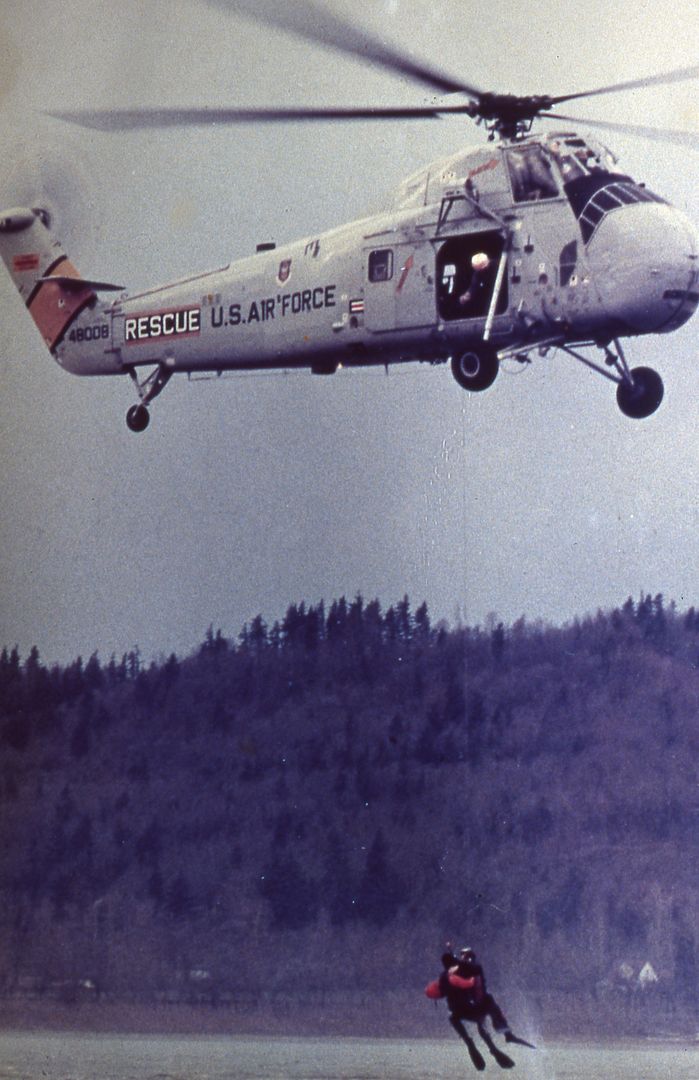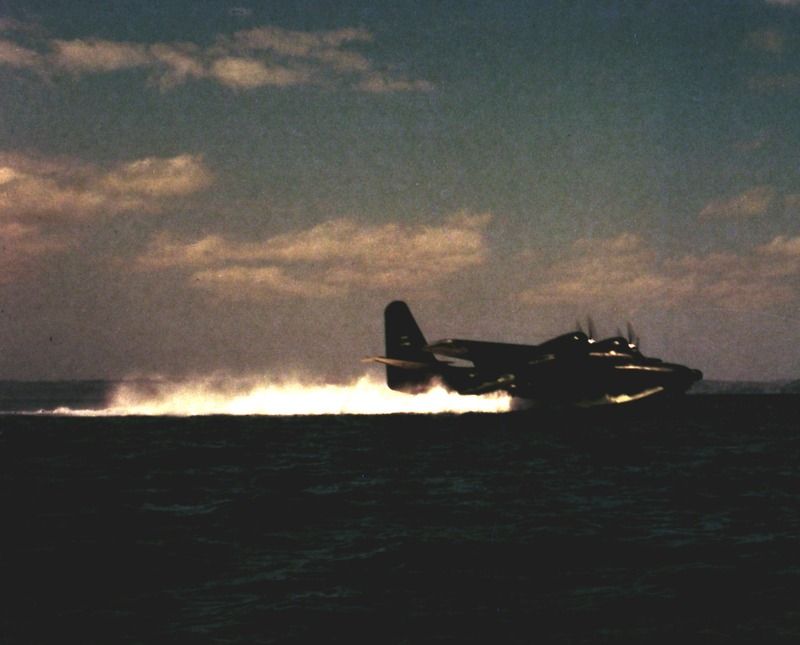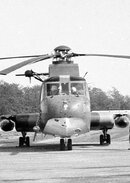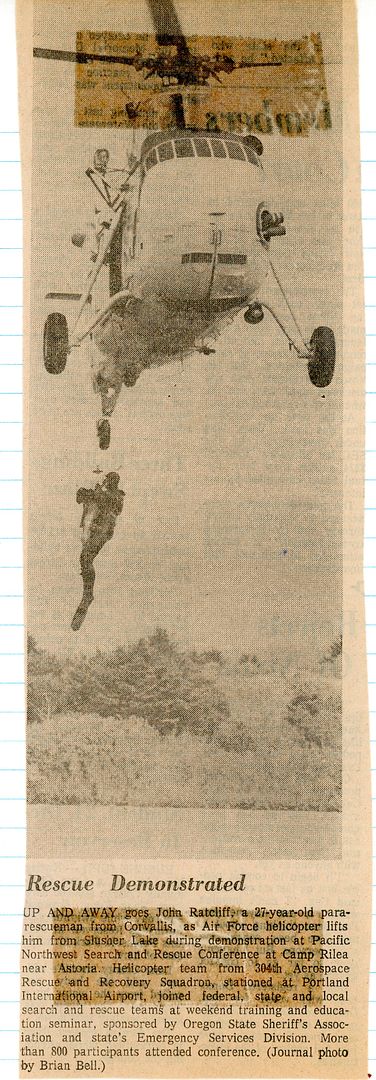Freewillow, thank you. We each have our challenges.Thanks for sharing John. Impressive life that you had
For solo diving, one of the more interesting aspects of my USAF career was helicopter deployments. When a PJ deploys out of a helicopter, it is usually a solo event. The helicopter is there to support, but lots of time there is no one else who can go into the water from that chopper. I have crewed three different helicopters where I was required to deploy into the water on either training missions of for actual missions. The first was the HH-43B Huskie helicopter.

Here is part of a letter I wrote home about the mission, which I call "T Sam Sam" in my manuscript, Between Air and Water, the Memoir of an USAF Pararescueman":
In these cases, a swimmer/diver needs to be completely independent and solo. While this was not diving, it was swimming and it was solo. We were equipped to do scuba if necessary, but in this case it was recovering two Koreas pilots who had been ejected through the canopy of their T-33 jet when it crashed into the Yellow Sea.March 17, 1969
Dear Mom, Dad, Skip, Bill & Ken:
In my last letter, I told of our water training that we conducted a week ago last Thursday. Thursday last, on a mission we would rather wouldn't happen, we tested our procedures and found them very effective. It was stormy on the 13th of March when we received the scramble call. A T-33 jet flying from Kwanju had called into Kwanju with engine troubles. We scrambled with the fire suppression kit and orbited near the runway. A storm just off the end of the runway put visibility down to zero, with some icing. The ROKAF T-33 never landed, and Kunsan AB was unable to establish radar or radio contact. We landed, I got my skin diving gear, then went out for a search. After 15 minutes we found the victims life raft and helmets. No sign of life was observed. We landed in a mud flat, where the pilots and flight engineer (FE) put on exposure suits and I put on diving equipment. Then we went out for the recovery. The rest is in the rough draft statement I wrote for the ROKAF Accident Investigation Board...
Here is an example of a training mission in the Columbia River. I want to emphasize that we were doing this decades before the U.S. Coast Guard had their Rescue Swimmer program.

This is me and Pararescueman John Pierson being picked up out of the Columbia River during training with the HH-34 helicopter.
I guess what I'm saying in a solo diving forum is that with training, solo diving and swimming is not all that hazardous. You are in the water, alone but with great life support gear (scuba, wet suit or dry suit), and everything you need to enjoy entering this world. Helicopter deployment is not for everyone, but with selection and training, these things can happen without much hazard.
I'll post a link, and perhaps more information, on the mission that led directly to the U.S. Coast Guard deciding to implement a Rescue Swimmer program. It was a joint U.S. Coast Guard/USAF Pararescue mission that led to this decision.
SeaRat







